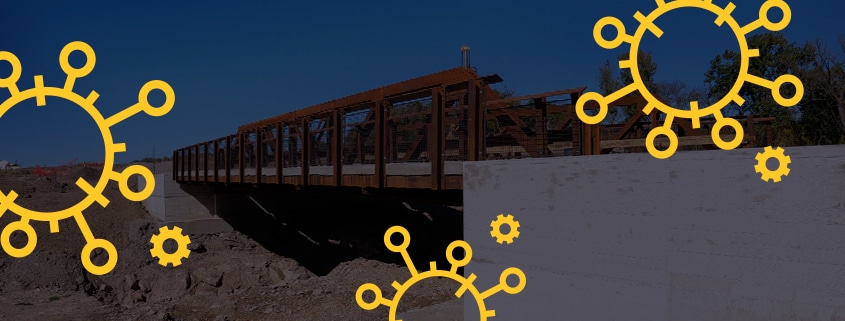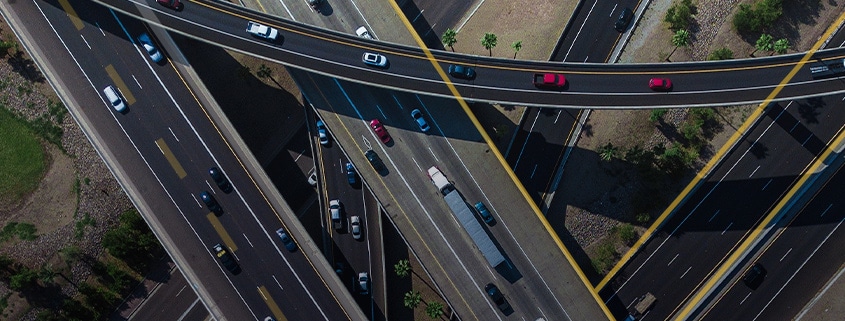The outbreak of COVID-19 has affected various industries all around the world. The effects of COVID-19 have especially left an impact on the construction industry.
Some of these effects of COVID-19 are temporary, but others are permanent and may be felt for years to come. Here are a few short-term and long-term effects of COVID-19 on the construction industry.
COVID-19 Effects on Construction Industries
Increase in Safety Measures
The fast spread of COVID-19 instigated the creation of new safety measures in the workplace. The virus pushes a heavy focus on workplace safety which officials speculate will continue in the long-term.
Although not all of these safety measures will persist after the pandemic, most likely some are here to stay. This could include adjustments to preexisting safety policies.
Construction Budget Cuts
In addition to the effects that remote work and schedule delays have on construction, the demands of the industry will change as well.
States are allocating more funds to healthcare and prevention thus other areas such as public transportation are experiencing a decrease. Furthermore, with the mandatory shutdown, fewer people are driving, thus states are collecting less gas tax and tolls. Because of fewer vehicles on the road this year, the demand for repairing roads will decrease as well.
In addition, many construction businesses are operating at an all-time low with private funded projects becoming scarce.
Shortages and Supply Changes
China is the largest single supplier to the United States, providing nearly 30 percent of all building products. The initial government shutdown had many construction companies in a panic searching for back-up suppliers.
Additionally, this causes the delay of many construction projects as the demand is too high for alternative suppliers to fulfill on their own. As a means to avoid this, more and more companies intend to retain permanent relations with domestic and foreign suppliers moving forward.
The Election and Industry Outlook
President-elect Joe Biden and Vice President-elect Kamala Harris plan to invest heavily in America’s infrastructure. shared their goal of transforming the economy through increased investments in infrastructure.
“We’ve seen the need for a more resilient economy for the long-term, and that means investing in a modern, sustainable infrastructure and sustainable engines of growth — from roads and bridges, to energy grids and schools, to universal broadband,” the Biden-Harris Transition website states.
As part of the economic recovery plan, infrastructure is one of four areas that president-elect Biden intends to redevelop.
Additionally, the campaign plan includes increasing domestic manufacturing to avoid the over-dependency of foreign supply chains.
Bridge Construction Market Outlook after COVID-19
At the present time, the funding and demand within the bridge construction industry is decreasing. However, it is projected to steadily increase in the coming years.
A recent report shows that the global bridge construction industry is expected to reach just over $1 trillion by 2027. That’s an increase from $908 million, a 4.6 percent compound annual growth rate. This is due to various reasons, such as the increase of demand that infrastructure will receive from the pent-up projects and repairs, more vehicles on roadways, the rise in domestic manufacturing, and the growth of private construction businesses.
U.S. Bridge: Leaders in Steel Bridge Construction
U.S. Bridge has been engineering and manufacturing steel bridges for decades. We are proud to contribute sustainable solutions to America’s infrastructure, even amidst the effect of COVID-19.
We understand that a bridge project is a major investment. That being said, we’re here to help you from the beginning of your project through the end. Get a quote from us for your next bridge project or learn more about our steel bridges. Together, we’ll build a better future for America’s infrastructure.


